Busan Cinema Center (부산 영화의 전당)
2025-10-23
120 Suyeonggangbyeon-daero, Haeundae-gu, Busan
+82-51-780-6000
Busan Cinema Center serves as both the venue of the Busan International Film Festival (BIFF) and a cultural space hosting film screenings, performances, and exhibitions. It has BIFF Theater with nearly 4,000 seats, Cinema I, Cinema II, Cinematheque, Haneulyeon Theater, Indieplus, and Library.
Cheongpyeonghoban Maeuntang Village (청평호반 매운탕촌)
2019-09-26
Hoegok-ri, Seorak-myeon, Gapyeong-gun, Gyeonggi-do
+82-31-584-7301
Cheongpyeonghoban Maeuntang Village is located on the shores of Cheongpyeongho Lake, designated a national attraction in 1943. The restaurants gathered here serve maeuntang (spicy fish stew), haemul tang (spicy seafood stew), sanchae jeongsik (set menu with seasoned wild vegetables) and many other traditional foods.
Seoullo 7017 (서울로 7017)
2025-10-24
405, Hangang-daero, Jung-gu, Seoul
+82-2-120
Originally opened in 1970, Seoullo 7017 was an elevated road that crossed over the Seoul Station railway, but when it became dilapidated and unusable for traffic, it was converted into a park in 2017. It is about 17 metres above the ground and offers a panoramic view of the Seoul Station Railway and the city of Seoul. It is directly connected to Seoul Station.
Anheung Jjinppang Village (안흥찐빵마을)
2023-12-27
1088 Seodong-ro, Anheung-myeon, Hoengseong-gun, Gangwon-do
Anheung Jjinppang Village is located along National Highway 42, connecting Seoul and Gangneung. Travelers passing Daegwallyeong on their way to Seoul from the Yeongdong area often stopped here to have a light lunch from old times. Anheung jjinppang (Anheung-style steamed bun) was enough to satisfy their hunger. Over time, Anheung jjinppang has become one of Korea's famous nostalgic snacks.
The Jucheongang River, beginning from Taegisan Mountain and flowing through Yeongwol, offers the proper humid condition perfect for the bun's aging process. As of now, there are over 10 shops dedicated to selling steamed buns in the village. Since the early 1990s, over one million people have come to Anheung Jjinppang Village to get these steamed buns which became popular through word-of-mouth.
Anheung jjinppang is made with high-quality red bean, using the traditional cooking process that creates the homemade flavor, which is immediatedly recognized by the mouth that has become used to instant foods. There are a variety of other traditional foods that are available other than jjinppang. VIsitors can also engage in hands-on progarms at Anheung Jjinppang Morak Morak Village, a cultural center dedicated to Anheung jjinppang.
Gwangju Pyeongchon Village (광주 평촌마을)
2025-08-12
15 Pyeongchon-gil, Buk-gu, Gwangju
+82-62-266-2287
Gwangju Pyeongchon Village, located north of Mudeungsan Mountain, is a cozy farming village made up of four villages Dongrim, Daman, Woosung, and Dangmoe. The village still has an excellence natural preservation, growing environmental-friendly rice in the fields and Punamcheon stream that runs through the middle of the village is home to fireflies and otters. The village also keeps the tradition of making pottery as the village was the place that made grayish-blue-powdered celadon during the Joseon dynasty. The village street corner offers visitors to Mudeungsan Mountain a place to rest with Mudol-gil shelter and Bandi lodging.
Mugaksa Temple (무각사)
2025-08-18
230, Uncheon-ro, Seo-gu, Gwangju
+82-62-383-0108
Nestled at the foot of Yeouisan Mountain in the business center of Gwangju, Mugaksa Temple is an urban Buddhist Temple. Unlike other urban Buddhist Temples, Mugaksa Temple has all the elements of a traditional temple. The temple is used as a cultural resting area and artistic spot for meetings without any religious barrier. The temple is also the starting point of the 2 kilometer walking trail to the 5.18 Memorial Park, leading to a constant flow of visitors.
Museum Kimchikan (뮤지엄 김치간)
2025-06-19
(4-6th floor, Maru Art Center), 35-4 Insadong-gil, Jongno-gu, Seoul
Museum Kimchikan is a museum dedicated to kimchi in Insa-dong’s Maru Art Center. The exhibition details the culture, history, trajectory, and efficacy of kimchi and teaches the visitors how to make kimchi through videos. Visitors can also sample different types of kimchi. The museum offers both individual and group experience programs.
Samjin Fish Cake History Museum · History Hall (삼진어묵체험·역사관)
2023-01-10
36, Taejong-ro 99beon-gil, Yeongdo-gu, Busan
+82-51-412-5468
Fish cakes are one of the most popular snacks in Busan. Among many fish cake makers in the city, Samjin Fish Cake is the oldest fish cake producer. Its main store in Yeongdo looks like a bakery shop. Visitors can choose among a variety of fish cakes and there is a separate space in the store where they can eat purchased fish cakes. The experience hall on the second floor provides a chance for visitors to make their own fish cake.
Lotte World Tower SEOUL SKY (롯데월드타워 서울스카이)
2024-11-28
300 Olympic-ro, Songpa-gu, Seoul
+82-1661-2000
SEOUL SKY is located on floors 117-123 of Lotte World Tower, the nation's tallest and the world's fifth tallest building. The observatory offers a panoramic view of the entire capital city, beautiful both day and night. SEOUL SKY is comprised of an exhibition zone, observation deck, sky deck, dessert cafe, sky terrace, lounge, and more.
To get to Seoul Sky, visitors have to take the Sky Shuttle, a double-deck elevator that reaches a speed of 600 meters per minute. The one-minute ride feels quite short while watching the videos playing on the walls and ceiling. While waiting for the elevator up, visitors can enjoy art in the exhibition zone in basement levels 1-2. The exhibition includes artwork displaying the history, culture, and pride of Korea's foundation and success over the centuries. Visitors can also purchase Seoul Sky merchandise from the gift shop to remember their trip or give as a souvenir.
The observation deck has two story-high glass windows for an uninterrupted view. The Sky Deck, located at 478 meters, holds the Guinness World Record as the highest glass-floored observatory in the world. On days when visibility is limited, visitors can still enjoy a clear sky through the Sky Theater. The 120 floor holds the Sky Terrace, open to the elements.
Visitors looking for refreshments can enjoy the one-of-a-kind menu served at the dessert cafe Sky Friends Cafe on level 119, or refreshing wine sold at the premium lounge on floor 123. This cozy space is the highest lounge in Seoul and is perfect for taking in the view in a relaxing ambiance.
Daejeo Eco Park (대저생태공원)
2024-03-05
1246 Gonghang-ro, Gangseo-gu, Busan
+82-51-971-6011
Daejeo Eco Park is an ecological park stretching from Gupodaegyo Bridge to the Nakdonggang Estuary Bird Sanctuary. It encompasses various wetlands and waterways, including Sindeokseupji Wetland, along with grasslands, mustard flower fields, and various sports facilities, providing a place for leisure and relaxation. Particularly noteworthy is the Mustard Flower Festival held annually in April at the mustard flower field developed below the Gupodaegyo Bridge.
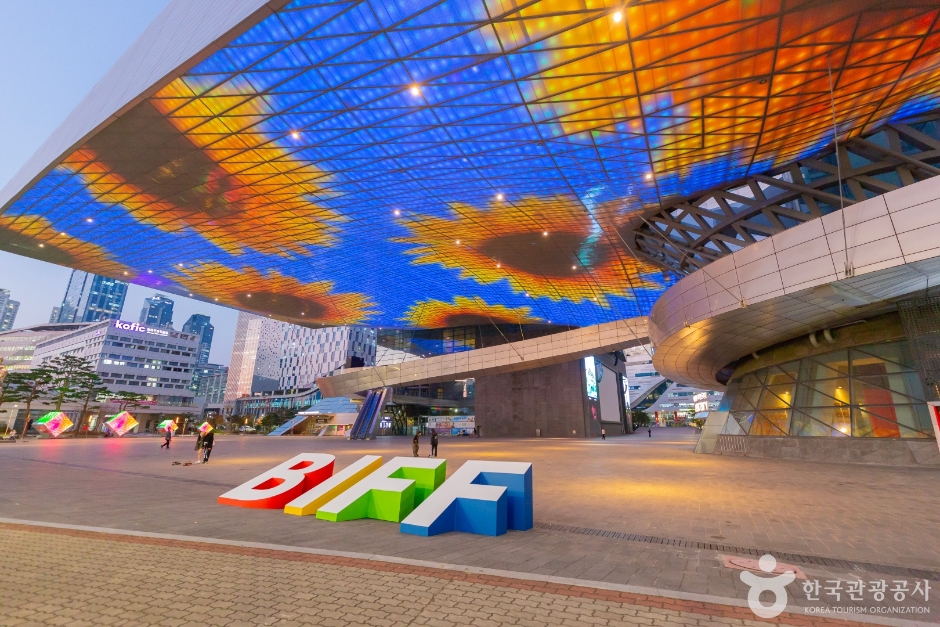
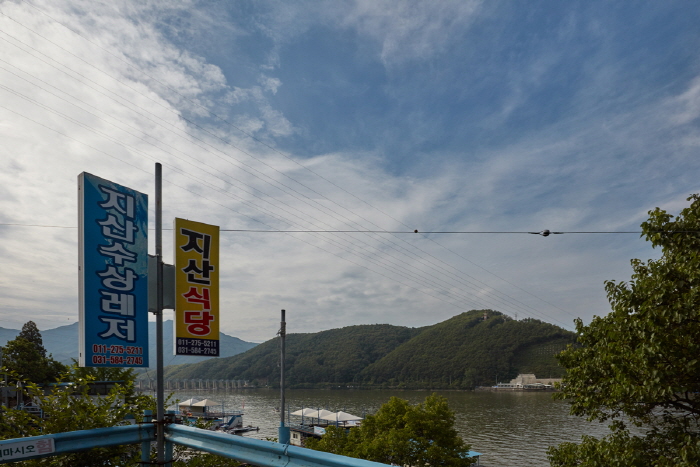
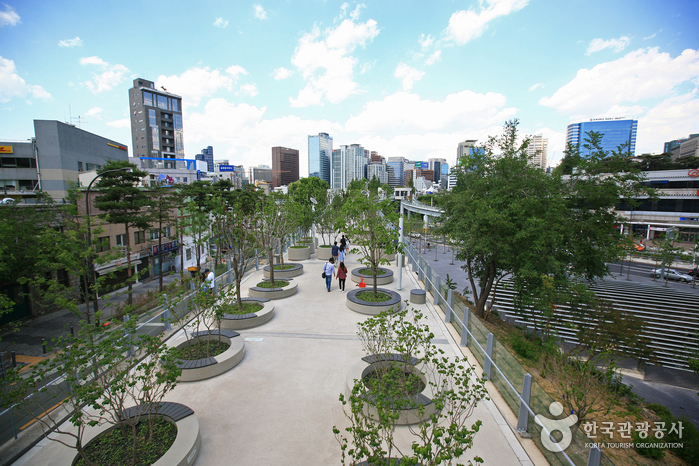
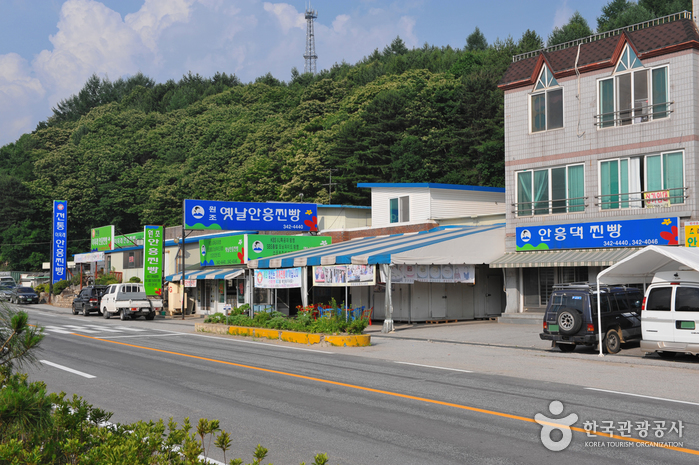
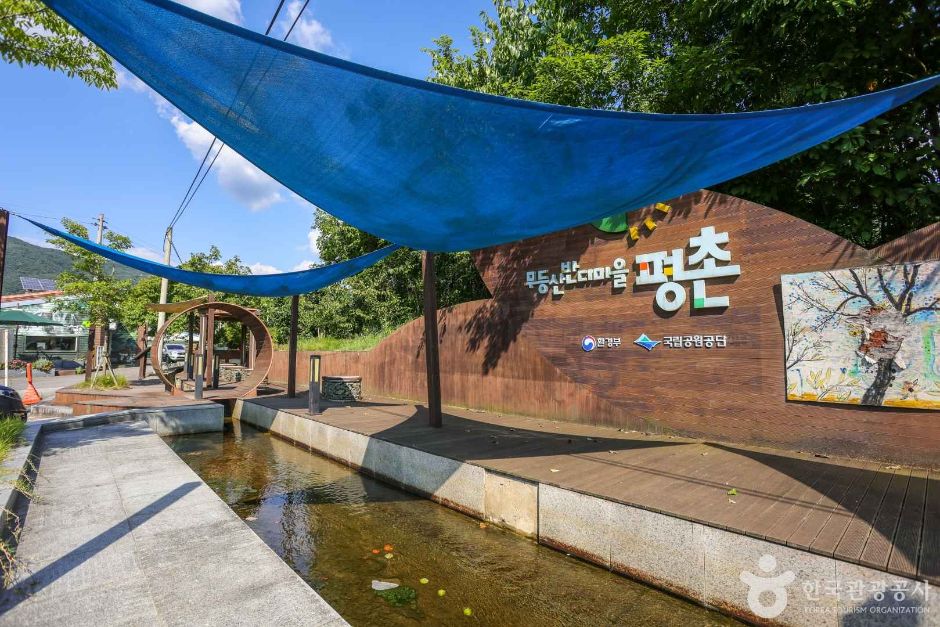
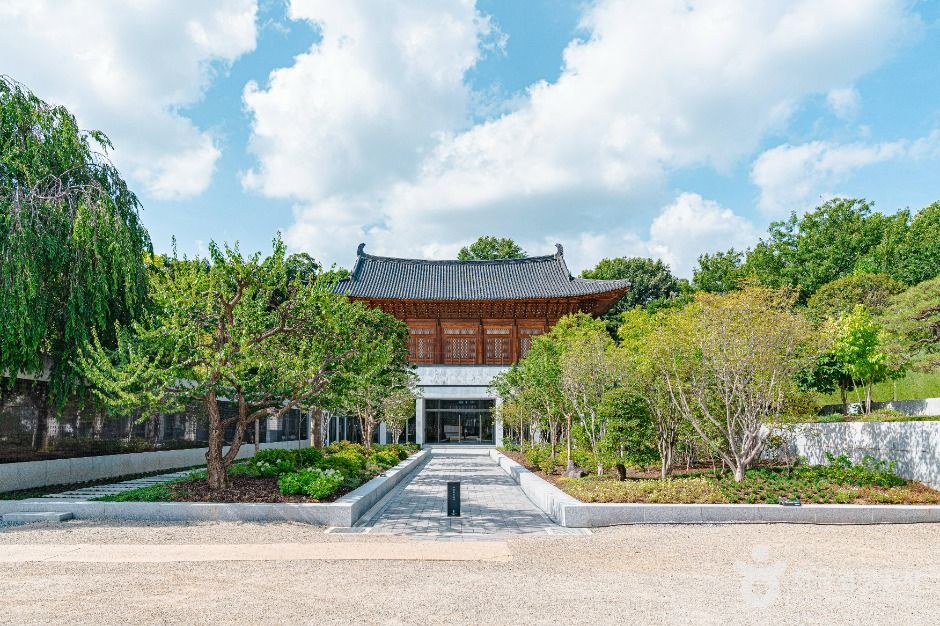
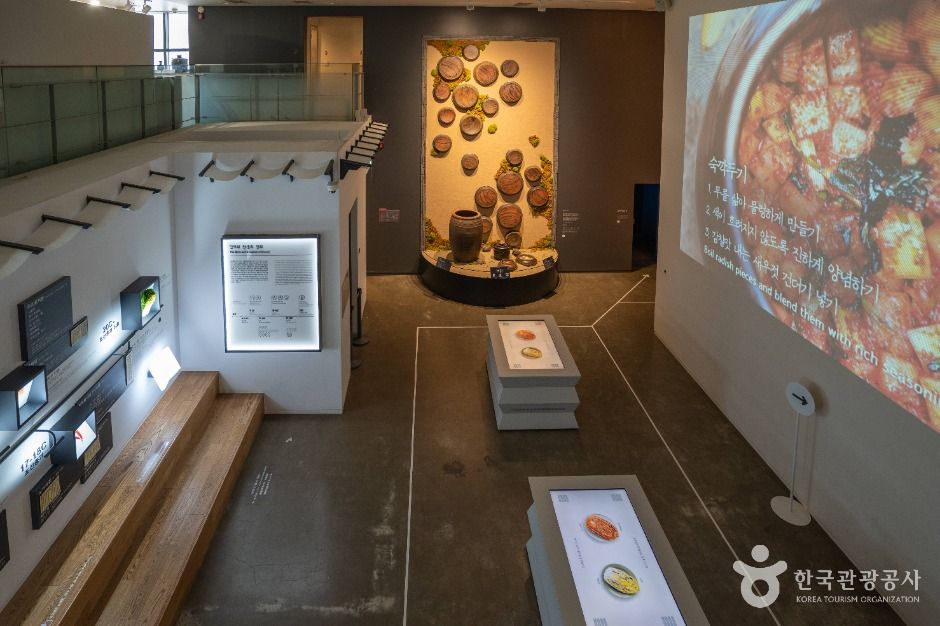

 English
English
 한국어
한국어 日本語
日本語 中文(简体)
中文(简体) Deutsch
Deutsch Français
Français Español
Español Русский
Русский